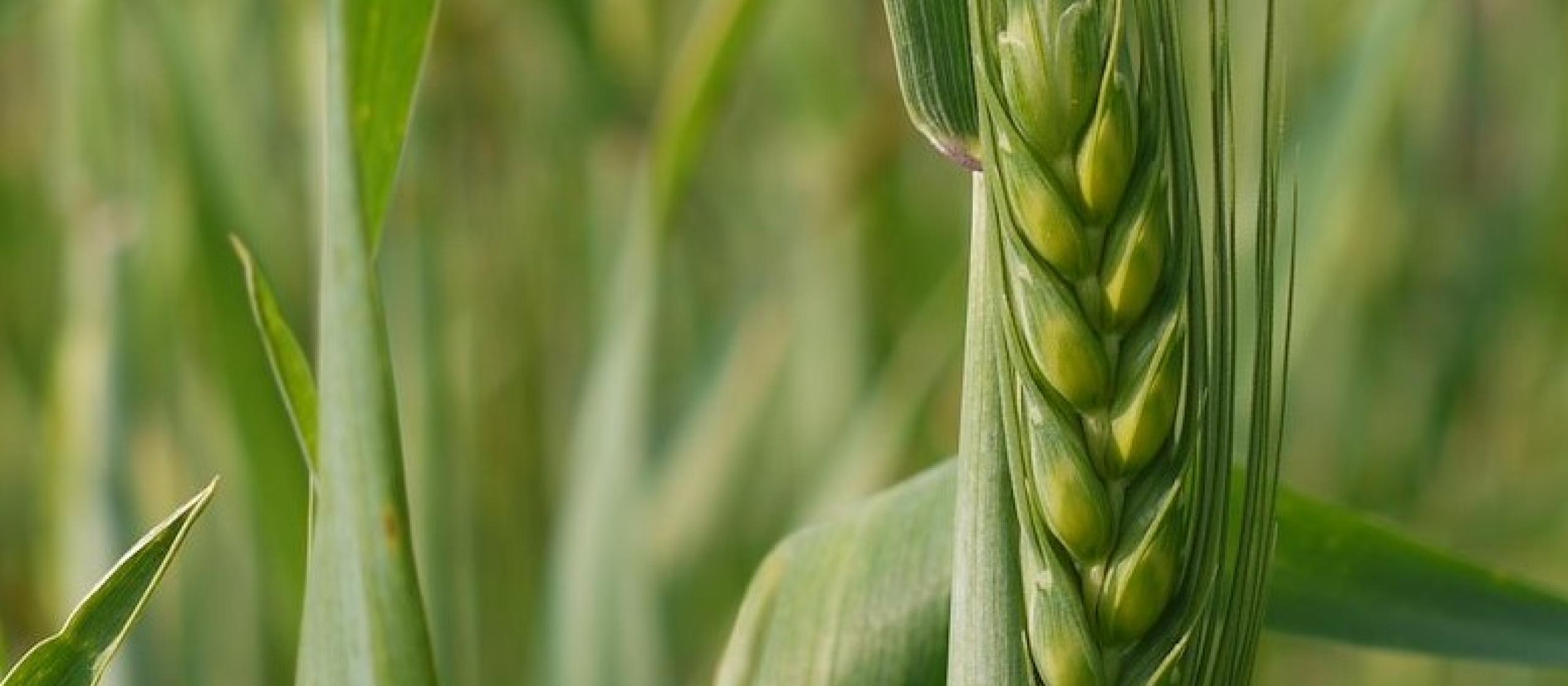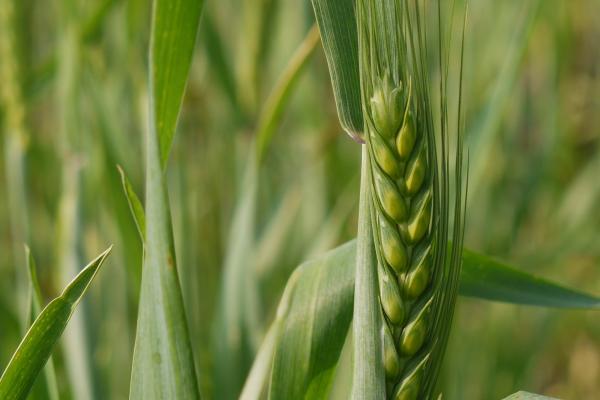- HomeHome
-
About ACIAR
- Our work
- Our people
-
Corporate information
- ACIAR Audit Committee
- Commission for International Agricultural Research
- Policy Advisory Council
- Agency reviews
- Executive remuneration disclosure
- Freedom of information (FOI)
- Gifts and benefits register
- Information publication scheme
- List of new agency files
- Contracts
- Legal services expenditure
- Privacy impact assessment register
- Commonwealth Child Safe Framework
- Benefits to Australia
- Careers
- 40 years of ACIAR
-
What we do
- Programs
- Cross-cutting areas
- Resources
- Where we work
-
Funding
- Research projects
- Fellowships
-
Scholarships
- John Allwright FellowshipScholarships to study in Australia for ACIAR partner country scientists to have Australian postgraduate qualifications
- ACIAR Pacific Agriculture Scholarships and Support and Climate Resilience Program
- Alumni Research Support Facility
- Publications
- News and Outreach
Date released
16 January 2019
For thousands of years, human beings have relied on a grass of the genus Triticum, better known as wheat. This reliance is characterised by cycles of breeding, planting, growing, harvesting, processing and eating. The nature of those cycles will be affected by the 16 August 2018 announcement of the sequencing of the wheat genome.
It was a massive cooperative effort. The International Wheat Genome Sequencing Consortium, made up of 2100 members from 610 organisations in 64 countries, worked on the project for 13 years. The Science magazine article announcing the research had 200 authors from 73 research institutions in 20 countries. The wheat genome turned out to be more than five times as large as the human genome, containing more than 85% repetitive DNA. The human genome is diploid, meaning we have two sets of chromosomes (one from each parent). In contrast, wheat is hexaploid, with six copies of each chromosome. The research article described the location of 107,891 genes and 4.7 million molecular markers, and provided sequence information between the genes and markers.
Professor Rudi Appels of the University of Melbourne and Murdoch University was part of the consortium. He says examining the wheat genome sequence was like looking inside the engine of wheat.
‘What we see is beautifully put together to allow for variation and adaptation to different environments through selection, as well as sufficient stability to maintain basic structures for survival under various climatic conditions,’ he says.
Wheat is the world’s most cultivated crop. It is grown from the arctic to the equator, and from sea level to the highest plateaus. It is the staple food of more than a third of the world’s people, and is the world’s largest single food source, accounting for almost 20% of the calories and protein consumed by humans worldwide.
The wheat genome is important because we are going to need more wheat, much more. To feed the projected world population of over 9.3 billion by 2050, wheat productivity needs to increase by 60%, or 1.6% each year, says the consortium.As biodiversity, water and nutrients are all finite resources, the majority of this increase will have to be achieved through crop and trait improvement on land currently cultivated, rather than committing new land to cultivation.
Wheat’s genetic complexity has made it a hard crop to improve by conventional breeding. Yields increased during the Green Revolution of the 1960s, but progress has slowed since then because its complex genome makes it difficult to isolate and reproduce desirable traits. This is about to change. The consortium expects a high-quality reference genome sequence for wheat will lead to more rapid crop improvement, with benefits similar to those that were seen in maize and rice after their reference genome sequences were produced. There are potential improvements in yield, grain quality, resistance to fungal diseases and tolerance to abiotic stresses such as salt and drought.
Using genome editing, it is already possible to cut out or insert sections of DNA using an enzyme. With the wheat genome sequenced, the task now will be to identify DNA sequences which cause desirable traits and use gene editing to add these traits to new wheat varieties. It should be possible, for example, to put several diseaseresistance genes into one plant. Wheat varieties could be engineered to be more resistant and tolerant of the dry and hot conditions predicted to become more frequent and severe as a result of climate change.
One particular characteristic of wheat makes it suitable for rapid dissemination and adoption of genetic improvement. Wheat is self-pollinating, so farmers are able to save grain for seed. In the past, this has tended to limit commercial research and innovation in improved varieties, but the upside is an improved crop can be brought about with a one-off planting of improved seed. Once the seeds of an improved variety have been distributed, farmers can multiply the seeds as they wish without relying on commercial seed companies for their seed supply, (although seed quality from commercial sources is usually higher and often worth the cost).
The wheat genome may be sequenced, but the consortium’s mission continues. Among its priorities are developing public, user-friendly, integrated databases and tools for genome users, and a wheat pan-genome that represents the breadth of the world’s wheat diversity.





